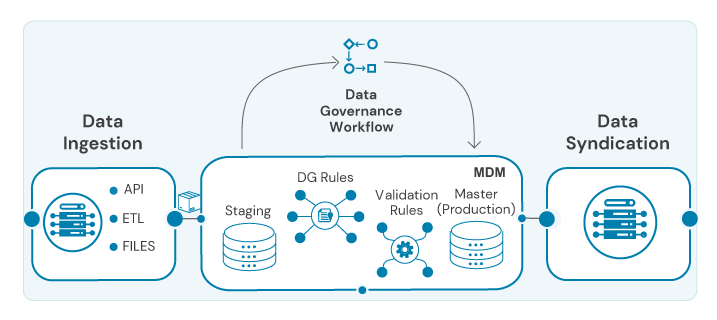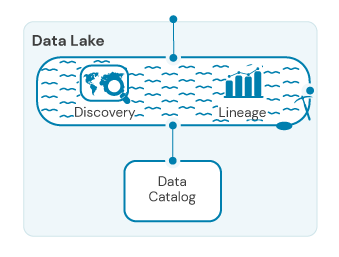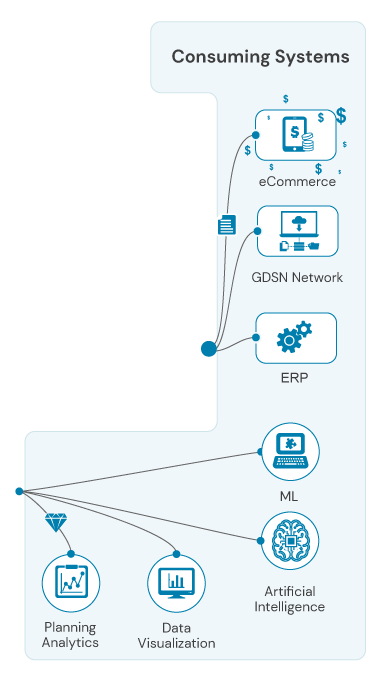Most enterprises face challenges with fragmented data landscapes where information remains siloed. This causes inconsistencies and inefficiencies and undermines trust in critical business information.
A strategic approach to managing the full data lifecycle creates order from chaos. It enables better business outcomes through improved data quality, greater accessibility, and higher-quality insights.

The data lifecycle represents the complete journey of information assets from creation in source systems to utilization for business intelligence and operational systems.
Key components in the data lifecycle

Producing Systems
The data that derives from these systems spans multiple data domains – product data, customer data, asset data, etc. When this data is confused, when there are different ways of formatting the data, when there’s duplicate data, or when the right data can’t be discovered easily, it becomes a massive drain on the resources of your organization. Manual checks and reconciliation points proliferate, you don’t have a clear, unified view of your customers, and chaos reigns.
Master Data Management
When it comes to actually managing this data, Master Data Management (MDM) systems are often the answer. Think of MDM as a way to create “clean water” – a single source of truth for your critical data. All your different systems feed into this MDM hub, and what comes out the other end is consistent and reliable. There are built-in workflows and approvals to guarantee the data is solid. For customer data, it acts like a filtration plant, matching and merging duplicates, and standardizing customer records to create a single, accurate view.

Data Lake
A data lake is a repository of data ready for downstream use – including powering business intelligence and analytics – without the need for real-time retrieval from source systems. Ideally, this is high-quality data that has been processed and normalized to ensure it is consistently clean, accurate, and reliable.

Consuming Systems
These are platforms that utilize cleansed, governed data. Some of these will take real-time data straight from the MDM workflows:
While other, more sophisticated business intelligence and data processing systems will work with data from the data lake:
When managed effectively, the data lifecycle transforms raw information into a valuable business asset that can drive innovation, efficiency, and competitive advantage. Organizations that grasp and optimize their data lifecycle gain the ability to make faster, more confident decisions based on reliable information.

